1. Use Place Training to Promote Calm Behavior

Teaching your dog to go to a designated “place,” such as a mat or bed, when asked is a great way to encourage calm behavior. This is especially useful when guests come over or when you need your dog to settle down.
2. Use Positive Reinforcement
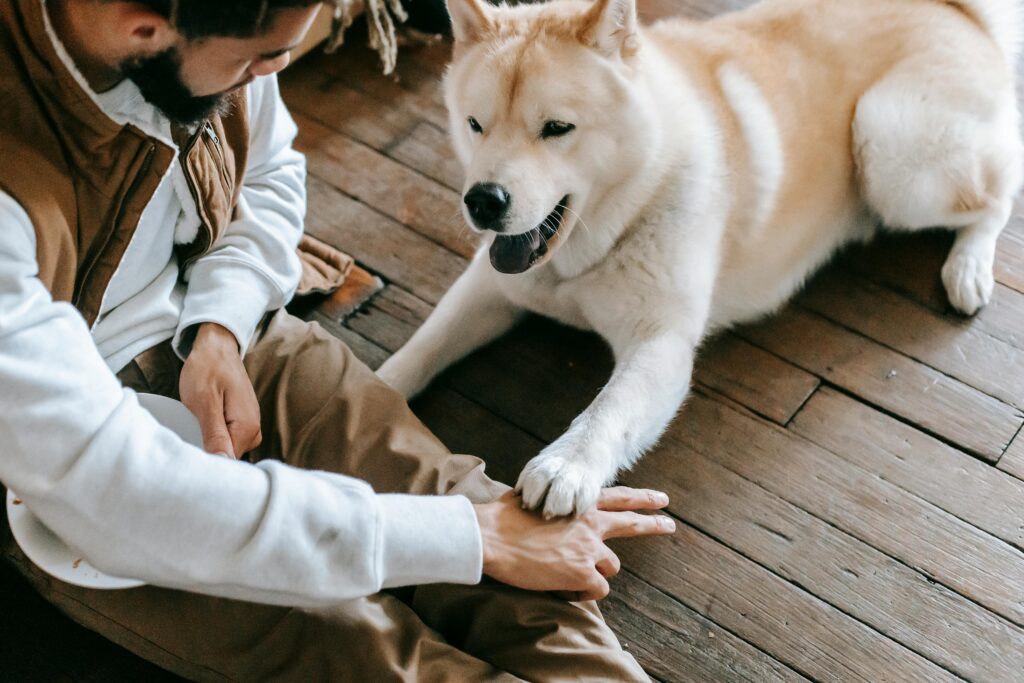
Positive reinforcement, like praise, treats, or toys, is one of the most effective training methods. Reward your dog for good behavior, and they’ll be more likely to repeat it. This builds trust and makes learning enjoyable for your pooch.
3. Teach Them to Wait at Doors
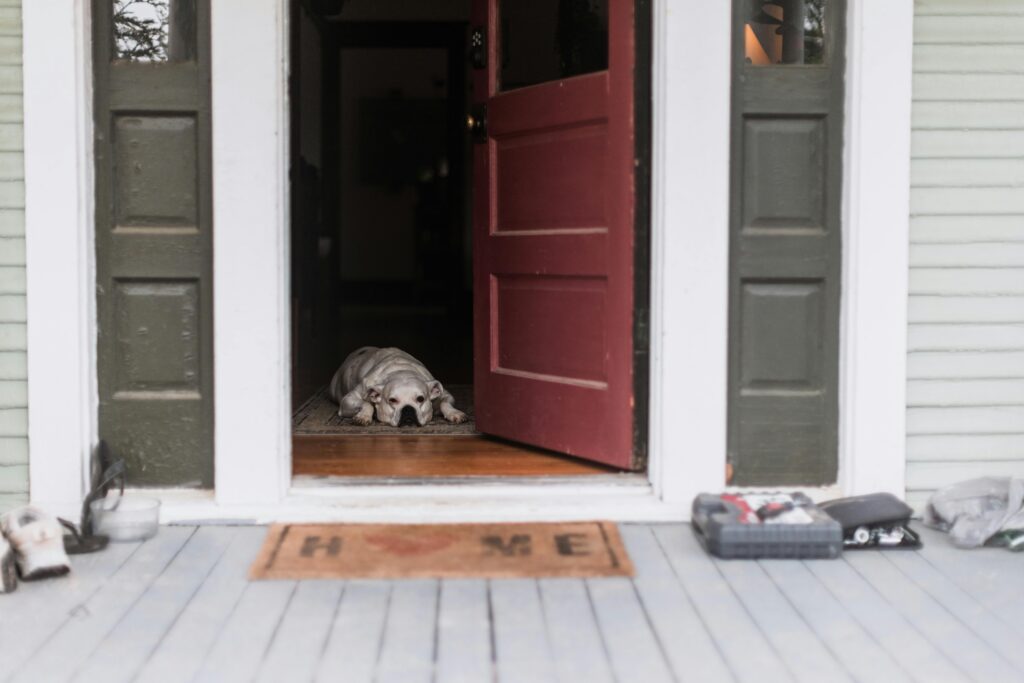
A polite dog knows to wait at doors rather than rushing out. Teach your dog to sit and wait for your cue before going through doors. This practice not only ensures safety but also instills patience in your dog.
4. Focus on Loose-Leash Walking
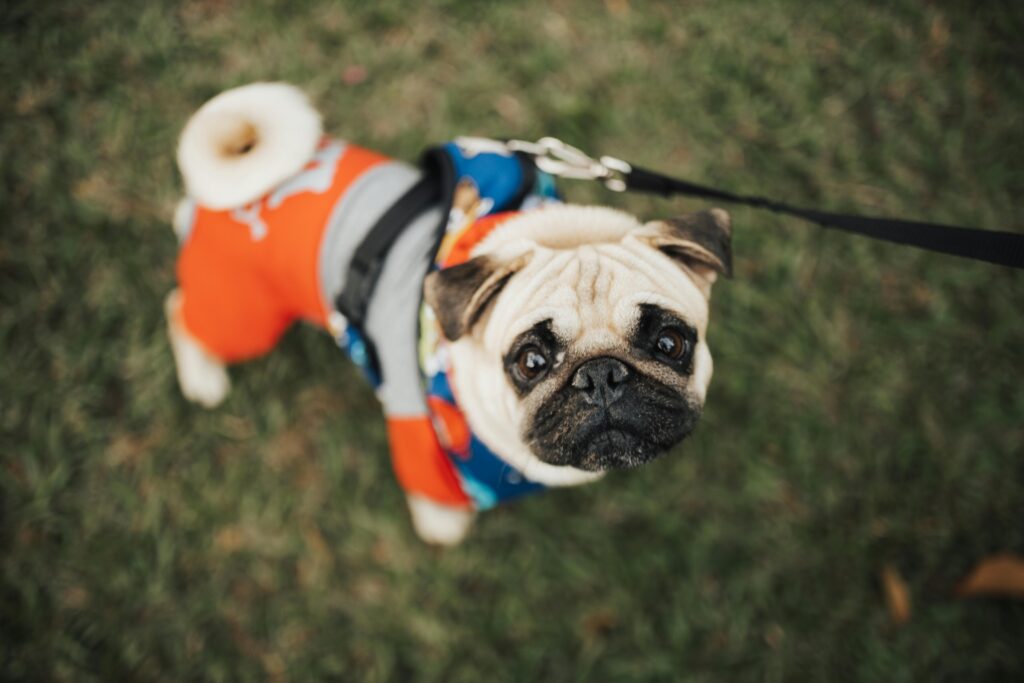
Walking on a leash without pulling is a key sign of a well-trained dog. Use treats and positive reinforcement to teach your dog to walk beside you calmly. A dog that doesn’t tug or dart off is much more pleasant to walk with!
5. Master the “Leave It” Command

The “leave it” command is essential for teaching your dog self-control. Whether it’s food on the floor or an interesting object outside, a dog that listens to “leave it” is less likely to grab something they shouldn’t, keeping them safe and well-mannered.
6. Practice Greeting People Politely
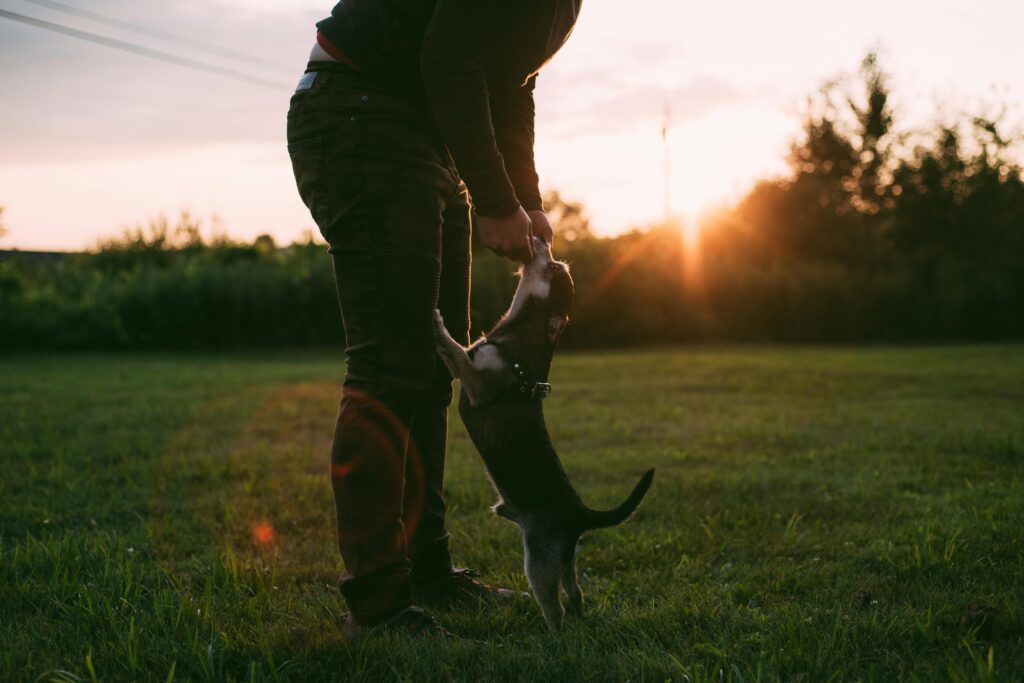
A perfect gentleman or lady doesn’t jump up on guests! Teach your dog to greet people politely by sitting when they meet new people. Reinforce calm behavior with treats and praise, and soon your dog will master graceful greetings.
7. Create a Calm Routine for Mealtime
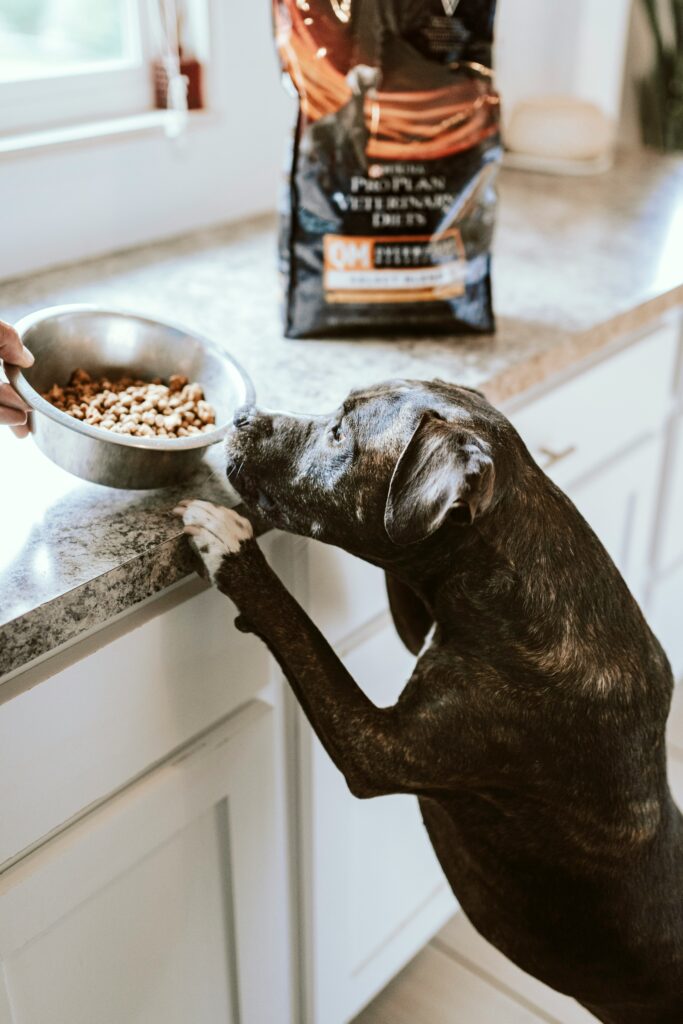
Dogs should wait patiently for their meals rather than begging or jumping. Teach your dog to sit calmly and wait for your signal before eating. This routine helps them practice patience and manners at dinnertime.
8. Socialize Them with Other Dogs

A well-mannered dog is comfortable and polite around other dogs. Socializing your dog from a young age helps them develop good behavior in social settings, whether at the park or meeting a new furry friend.
9. Teach “Off” for Furniture Boundaries
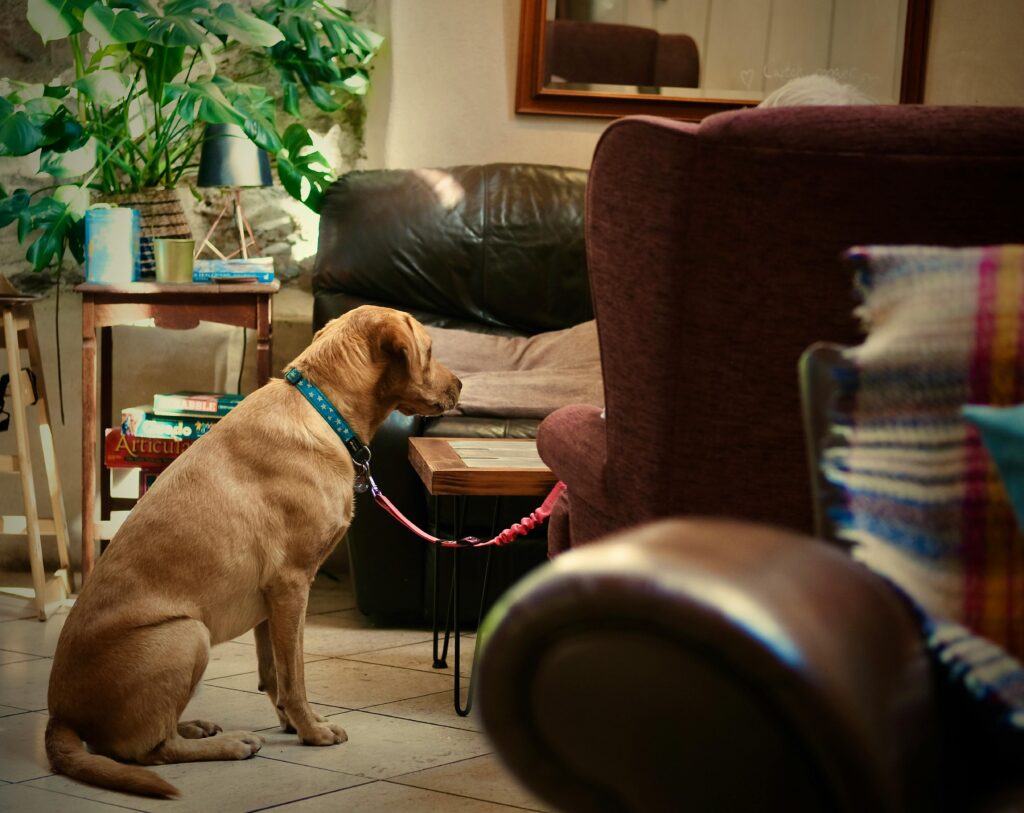
If you prefer to keep your dog off furniture, teaching them the “off” command will help maintain boundaries. A polite dog knows when it’s okay to sit with you and when it’s time to respect your personal space.
10. Use Hand Signals for Better Communication
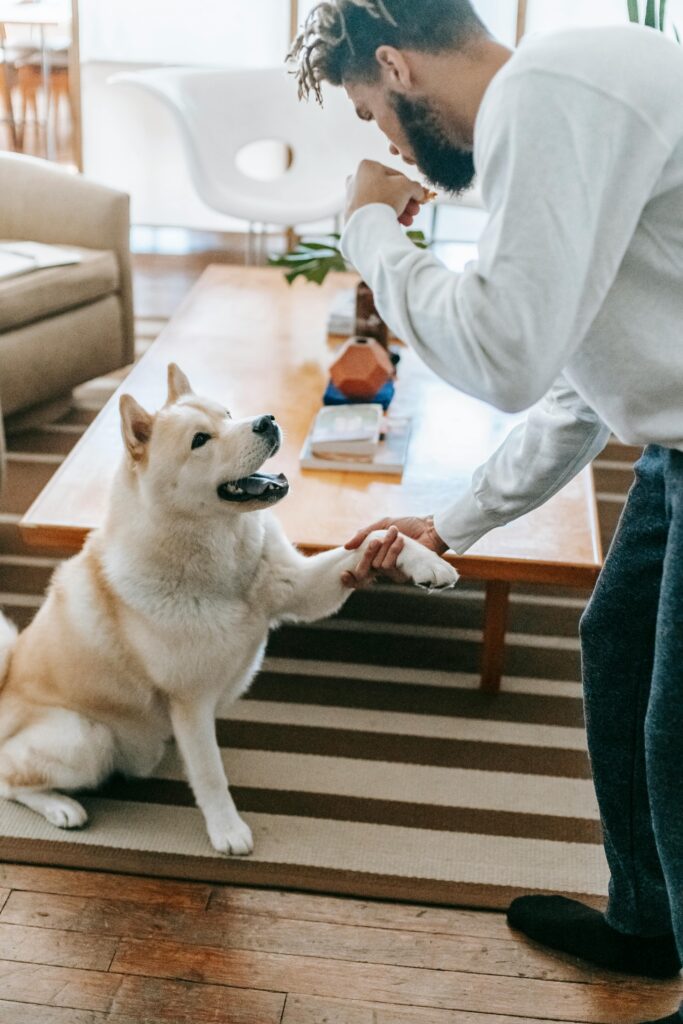
Along with verbal commands, teaching your dog hand signals can enhance their understanding of what you want. Many dogs respond well to visual cues, and this can make training even easier, especially in busy or noisy environments.
11. Encourage Quiet Behavior
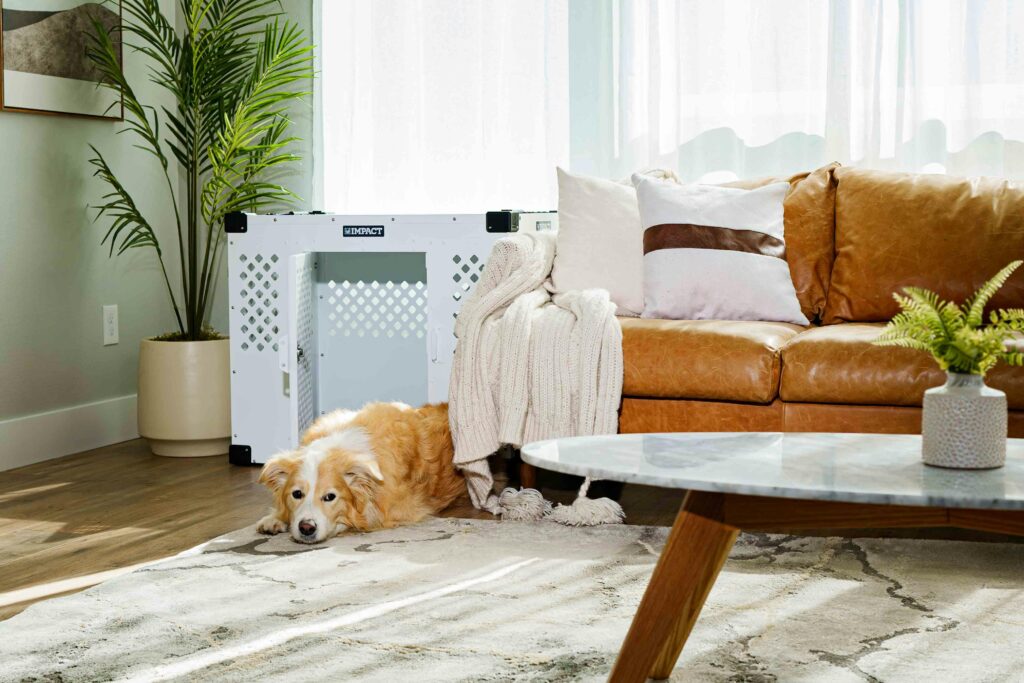
Barking is natural, but excessive barking can be disruptive. Teach your dog the “quiet” command to reduce unnecessary barking. Reinforce the quiet behavior with treats when they stop barking on cue, making them a more peaceful companion.
12. Teach Them to Respect Personal Space
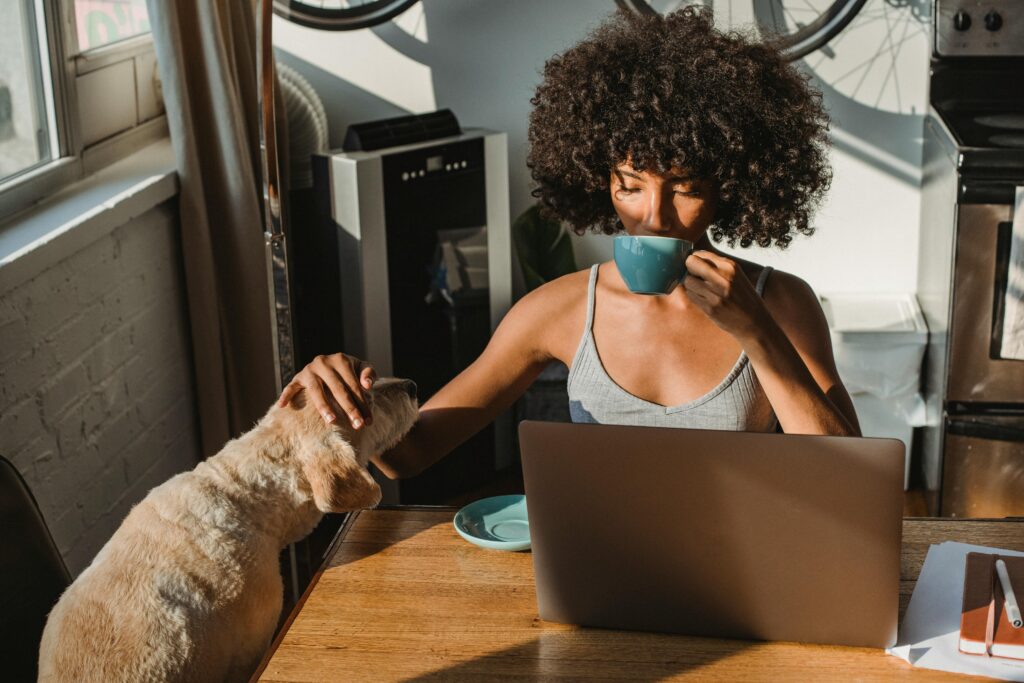
A well-mannered dog knows not to invade your space or constantly seek attention. Training your dog to respect personal space—such as not jumping up when you’re busy or staying calm when you’re seated—helps them behave more like a perfect gentleman or lady.
13. Practice Crate Training for Calmness
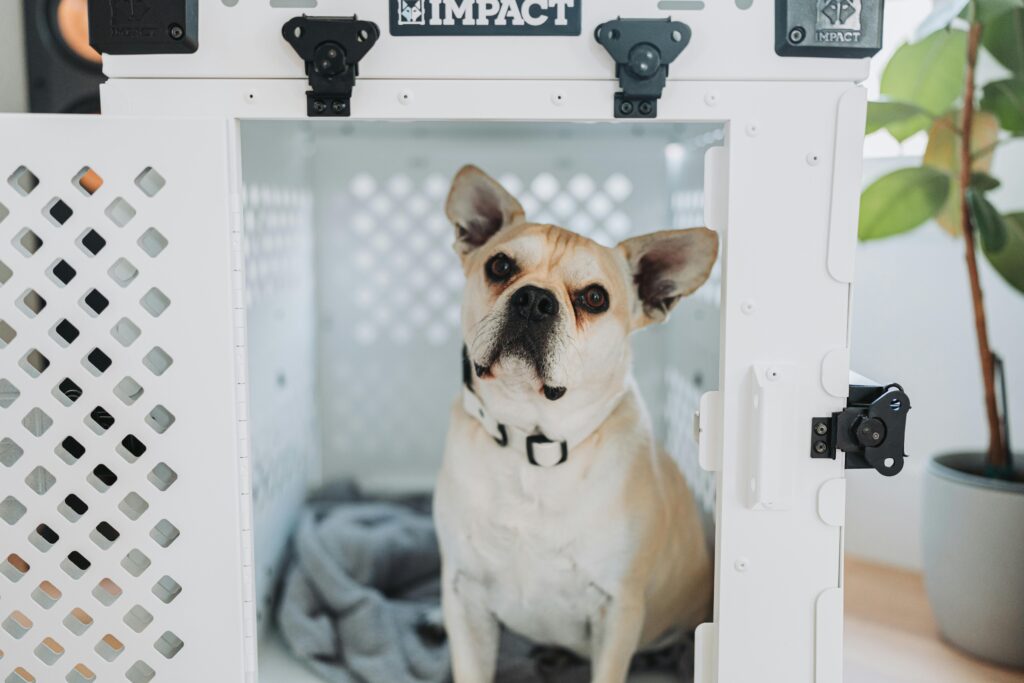
Crate training isn’t just about containment—it helps your dog feel secure and provides a quiet space for them to relax. A well-crate-trained dog can settle down calmly in various situations, making them a polite guest in any home.
14. Train Them to Drop Objects on Command
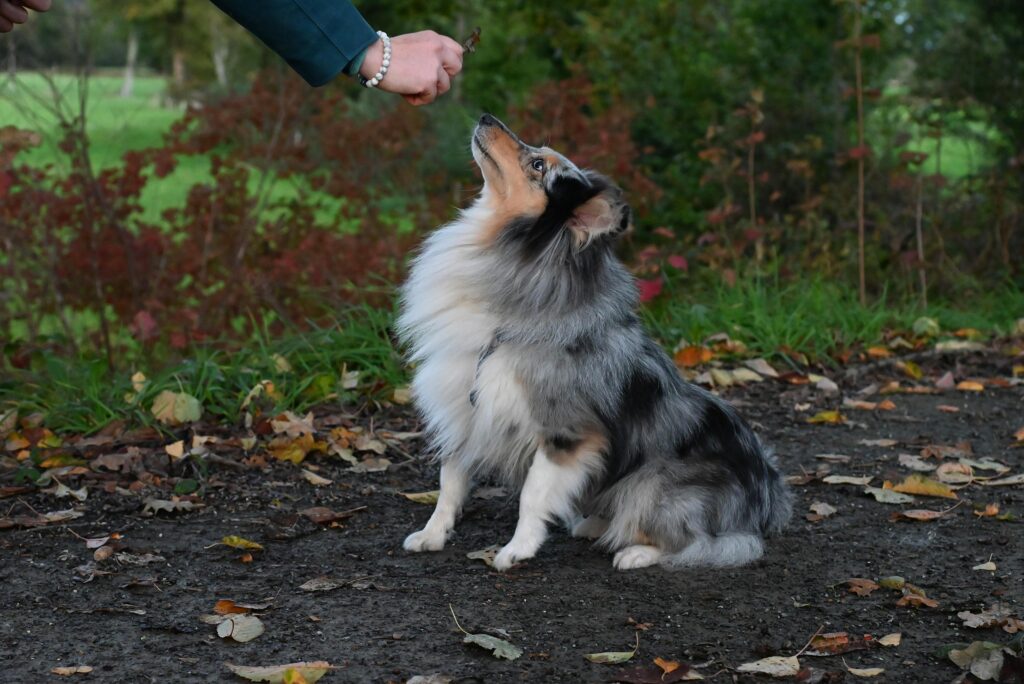
A dog that knows the “drop it” command is not only safer but also more polite. Whether they’ve picked up something they shouldn’t or you want them to release a toy, this command helps you maintain control without a struggle.
15. Start with Basic Commands

Teaching your dog basic commands like “sit,” “stay,” and “come” lays the foundation for good behavior. These commands help your dog understand structure and respond appropriately in different situations, making them more polite and well-mannered.
16. Be Consistent with Rules
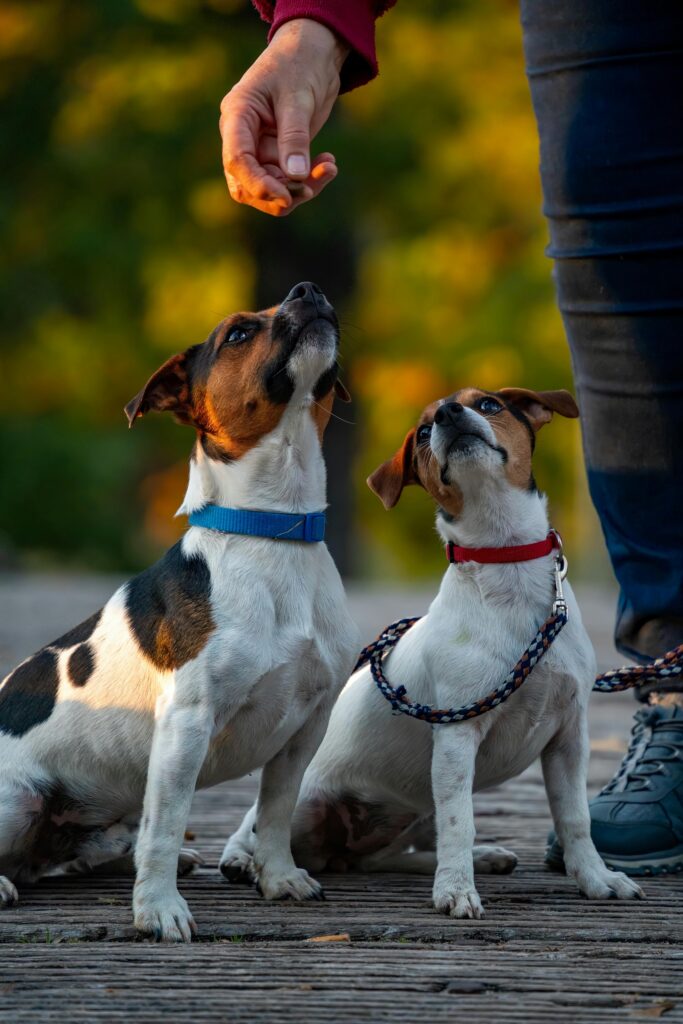
Consistency is key to a well-mannered dog. Make sure everyone in the household enforces the same rules and commands. Dogs thrive on structure, and when they know what’s expected, they’re more likely to behave like the perfect lady or gentleman.


